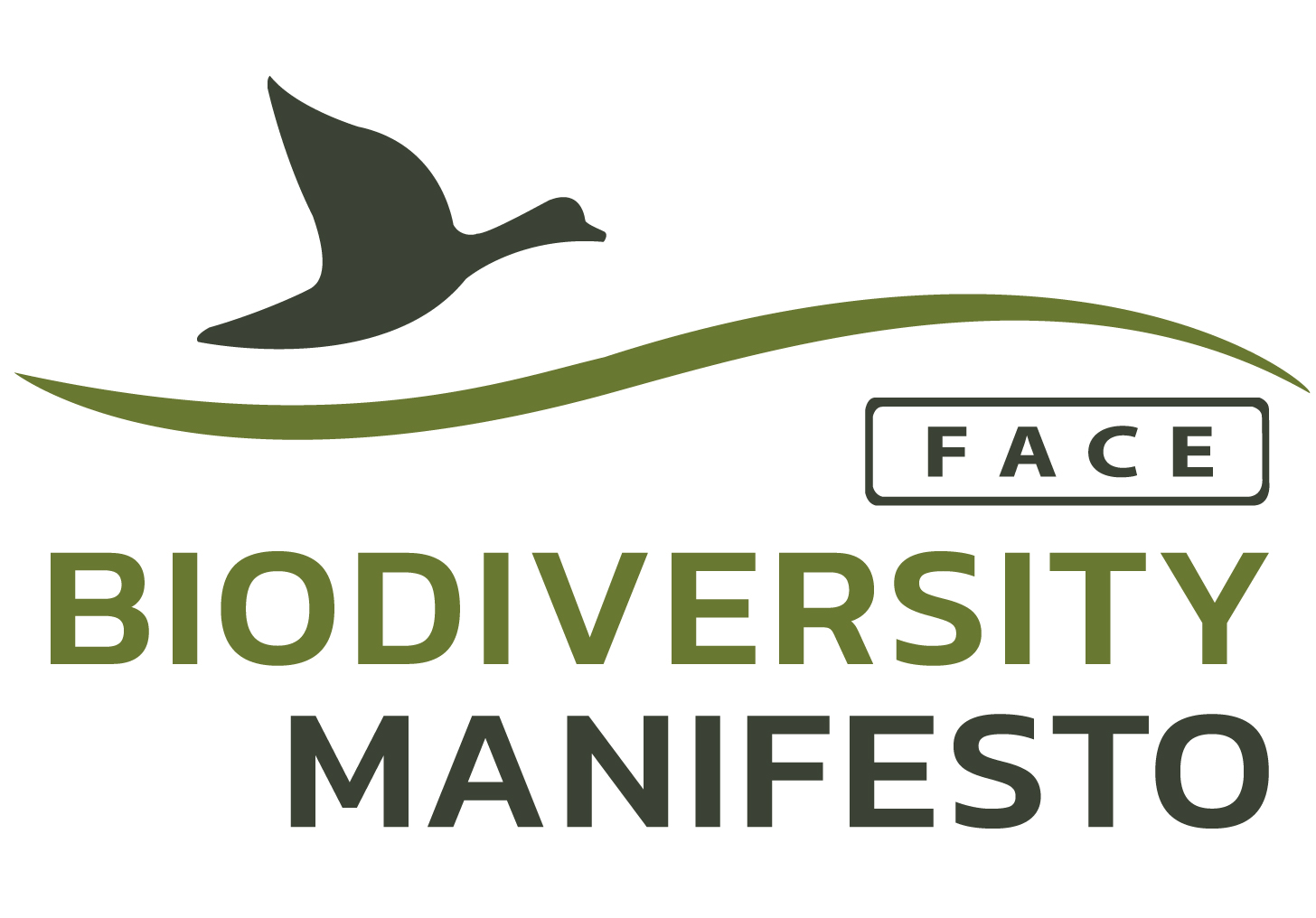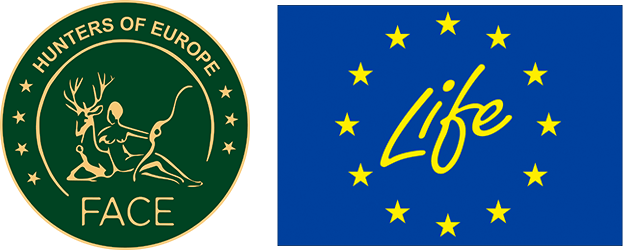Collect and distribute data and information on Baltic large canivores to gain a better understanding of the species in order to better help the population recovery that is occurring Monitoring activities so as to produce some overall maps of species distribution; gathering data on the level of carnivore depredation on domestic animals mainly sheep, cattle and hunting dogs; engaged the Estonian Fund for Nature to help distribute the results from the project in local languages as they appear; translated a questionnaire that was distributed throughout Norway into the local languages of all four countries in order to compare public attitudes towards large carnivores in the region with those in Norway; Our GIS studies will analyse the distribution data together with satellite maps of habitat, to develop coordinated conservation plans for the entire region; the project aims to try and capture some wolves and lynx in Latvia and lynx and bears in Estonia. As well as teaching people how to trap, immobilise and radio-track carnivores they basic data on home range size and movements will help us interpret the data on distribution and population size.
Hunters’ assocciations worked with forestry administration agencies to collect and submit data on carnivore distributions, hunters and farmers were surveyed for data on the extent of carnivore depredation of livestock.
Country: Estonia,Latvia,Lithuania,Poland
Starting date: 2003
Species: Grey Wolf (Canis Lupus), Eurasian Lynx (Lynx Lynxbrown Bear (Ursus Arctos)
Species characteristics: Huntable species, Protected species, Threatened species
Type of actions: Research and data collection, Communication
Leading partners: Norsk institutt for naturforskning (http://www.nina.no/)

